Sightseeing Spots
Search Results308
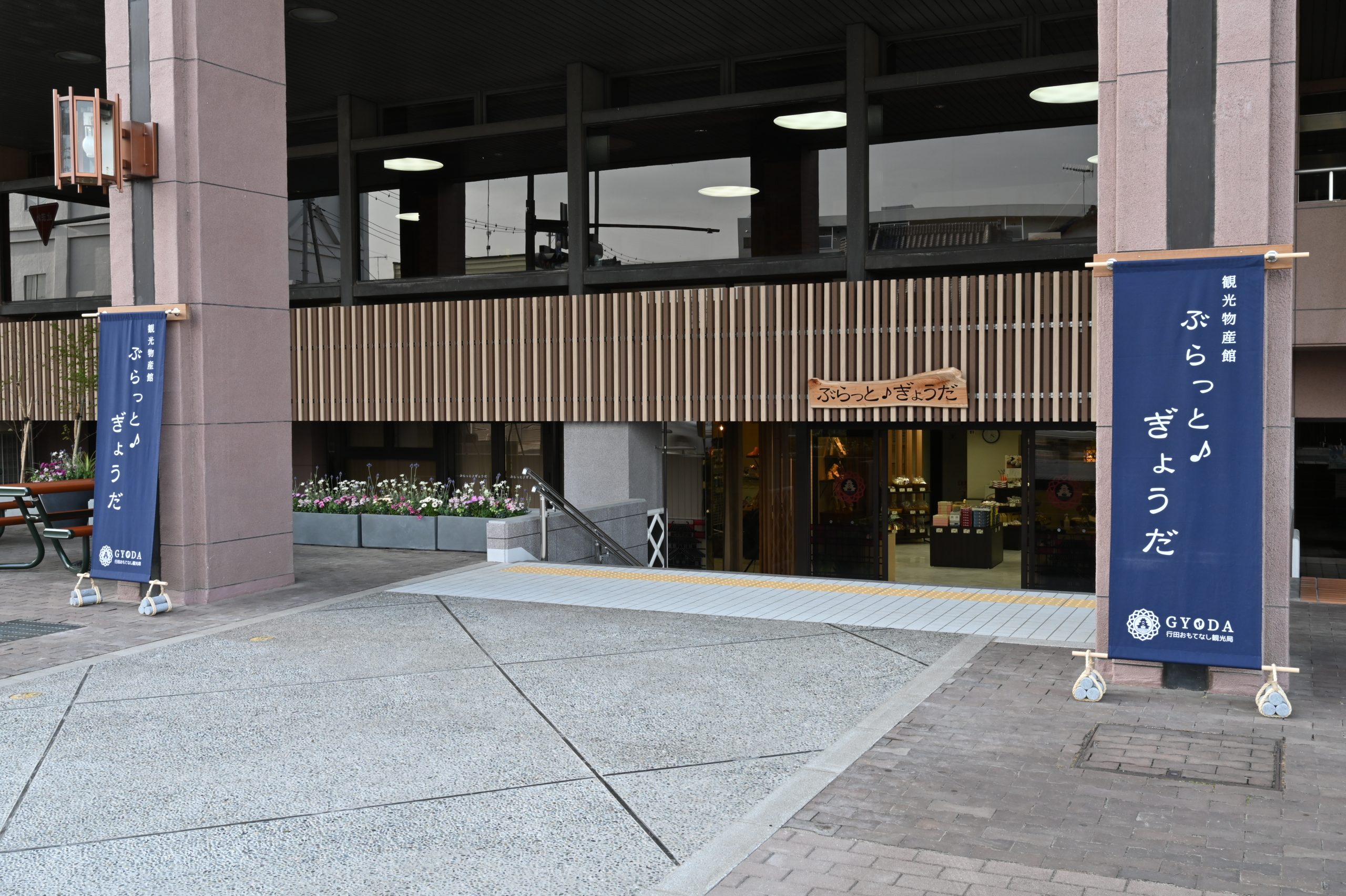
Reopened in April 2021 as a tourism and souvenir center! This store has a modern Japanese atmosphere that stays true to Gyoda City, which has been recognized as a Japanese Heritage site. There are a wide range of 150 different types of products available for sale from around 50 brands, including local goods such as fashionably designed tabi (split-toed socks), Minamikawara slippers made of colorful fabrics from Africa and other foreign countries, "Gyoda no gyoza" (dumplings) made from local flour, Narazuke pickles, Jumangoku Manju (steamed bun), Wataboku Milk, and more. So can also rent bicycles here, so be sure to stop by on your way to sightseeing.
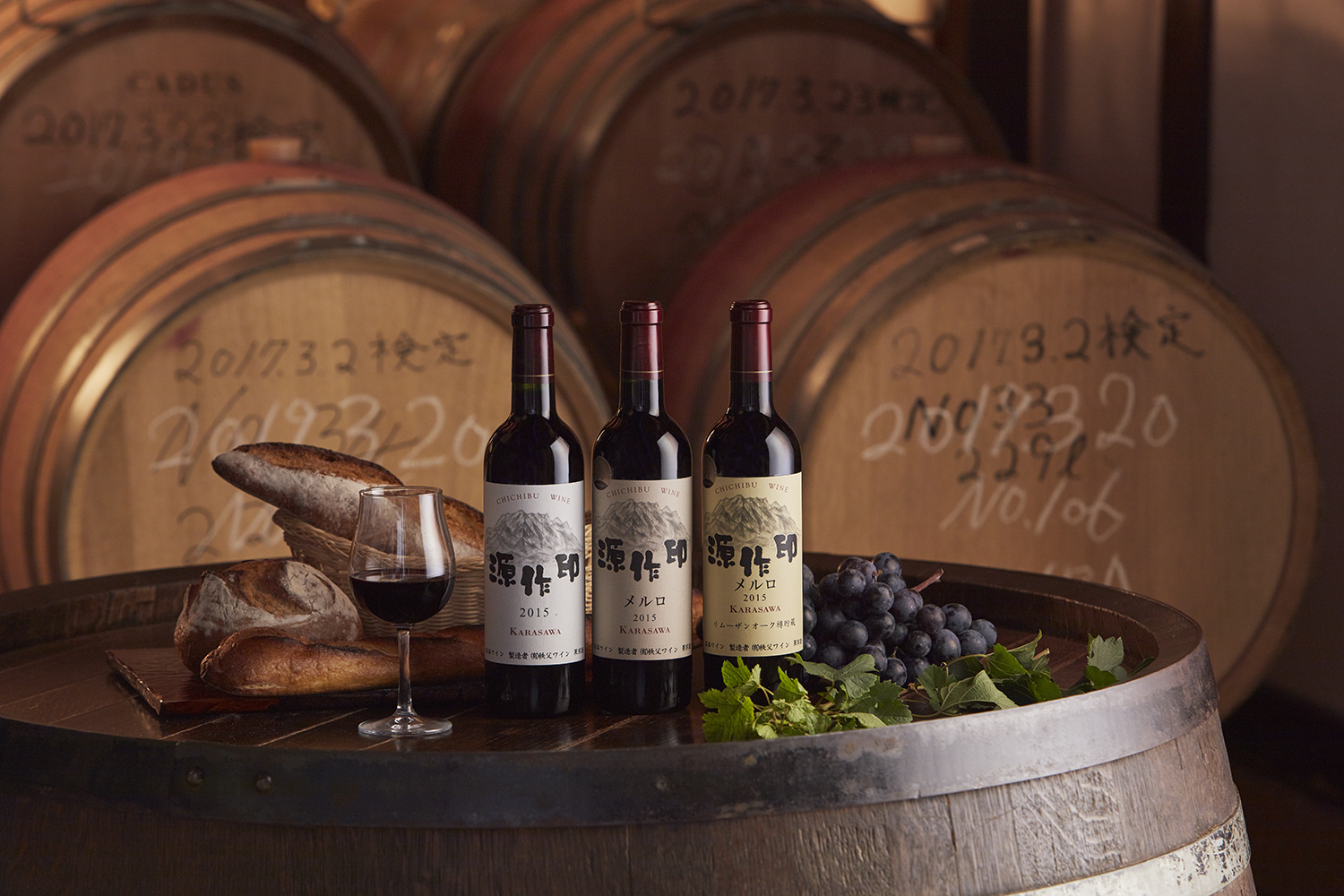
Founded in 1940 by Gensaku Asami, Chichibu Wine is the oldest winery in Saitama. Known for its award-winning wines and deep local roots, it gained early recognition when a French priest compared its wine to Bordeaux. Visitors can enjoy tastings and learn about the winemaking process on-site.
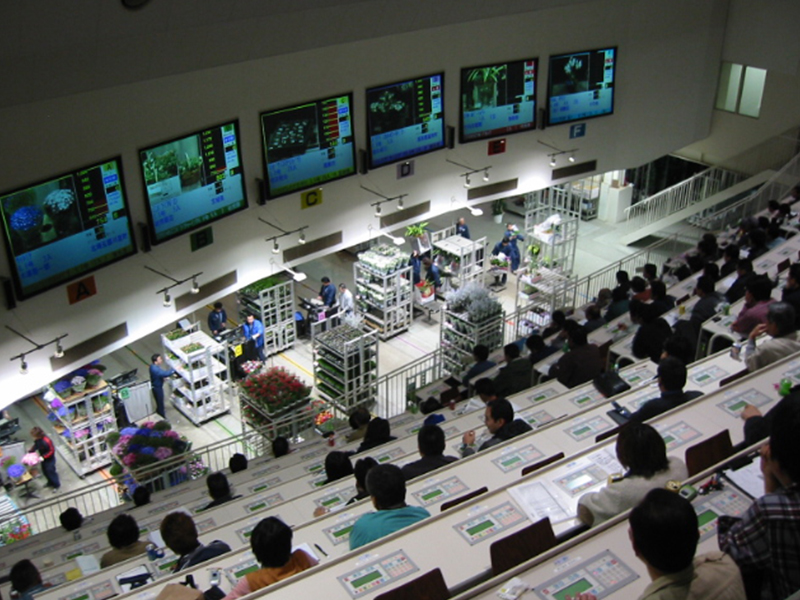
This is one of the largest flower markets in eastern Japan. There is a guided course through the market facility, allowing visitors to easily observe the auction (Monday/Wednesday/Friday). There is also a restaurant inside the facility.
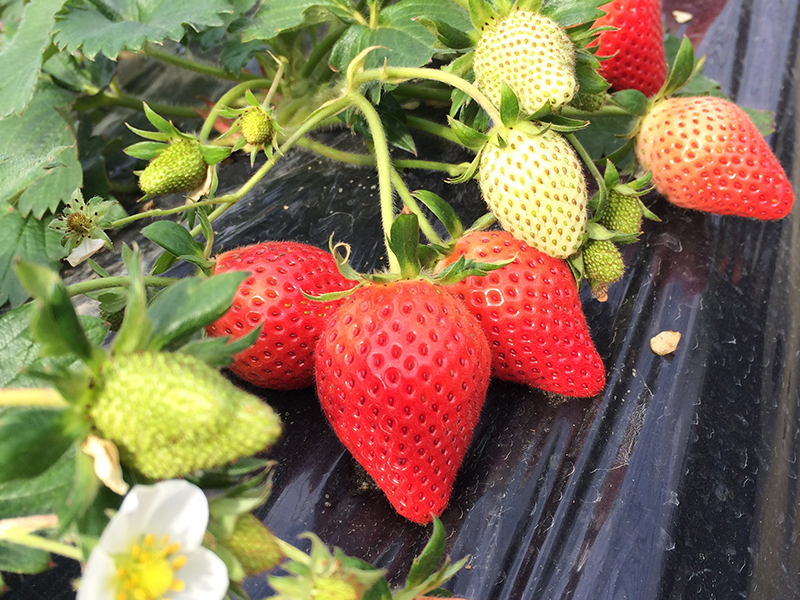
A 10 minute walk from Yokoze Station. Also a 10 minute walk to Hitsujiyama Park and Shibazakura no Oka. Strawberries grown with a focus on the best taste and assurance of quality.
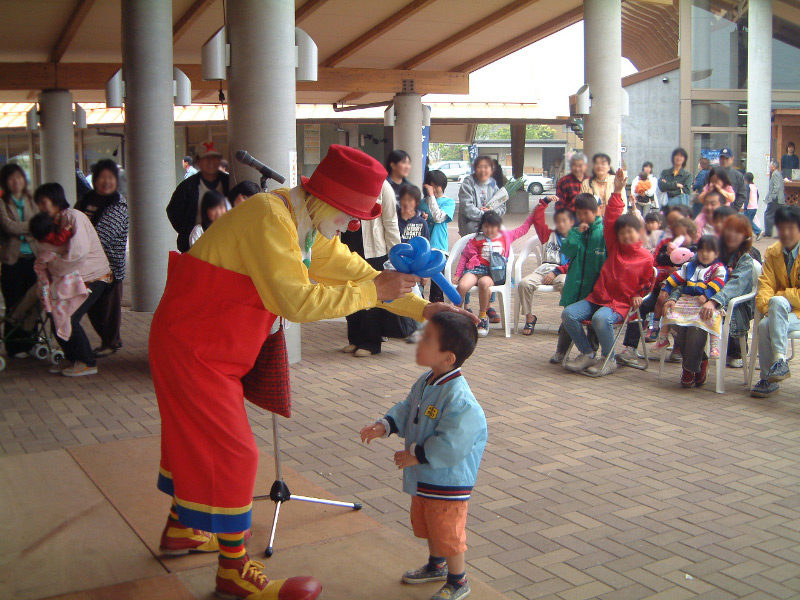
“Kiyasse Hanyū” is the nickname for Hanyū City Mitakaya agricultural and forest park. This park, with an area of roughly 3.6 hectares, has a flower-filled “Shiki no Oka” (four seasons hill), a production building selling local vegetables harvested fresh each morning, a beer factory that manufactures Hanyū’s local beer “Kobushi Hana Beer,” and a restaurant to enjoy handmade udon. Inside the park, there is playground equipment for kids, and events and vegetable harvesting experiences are held year round.
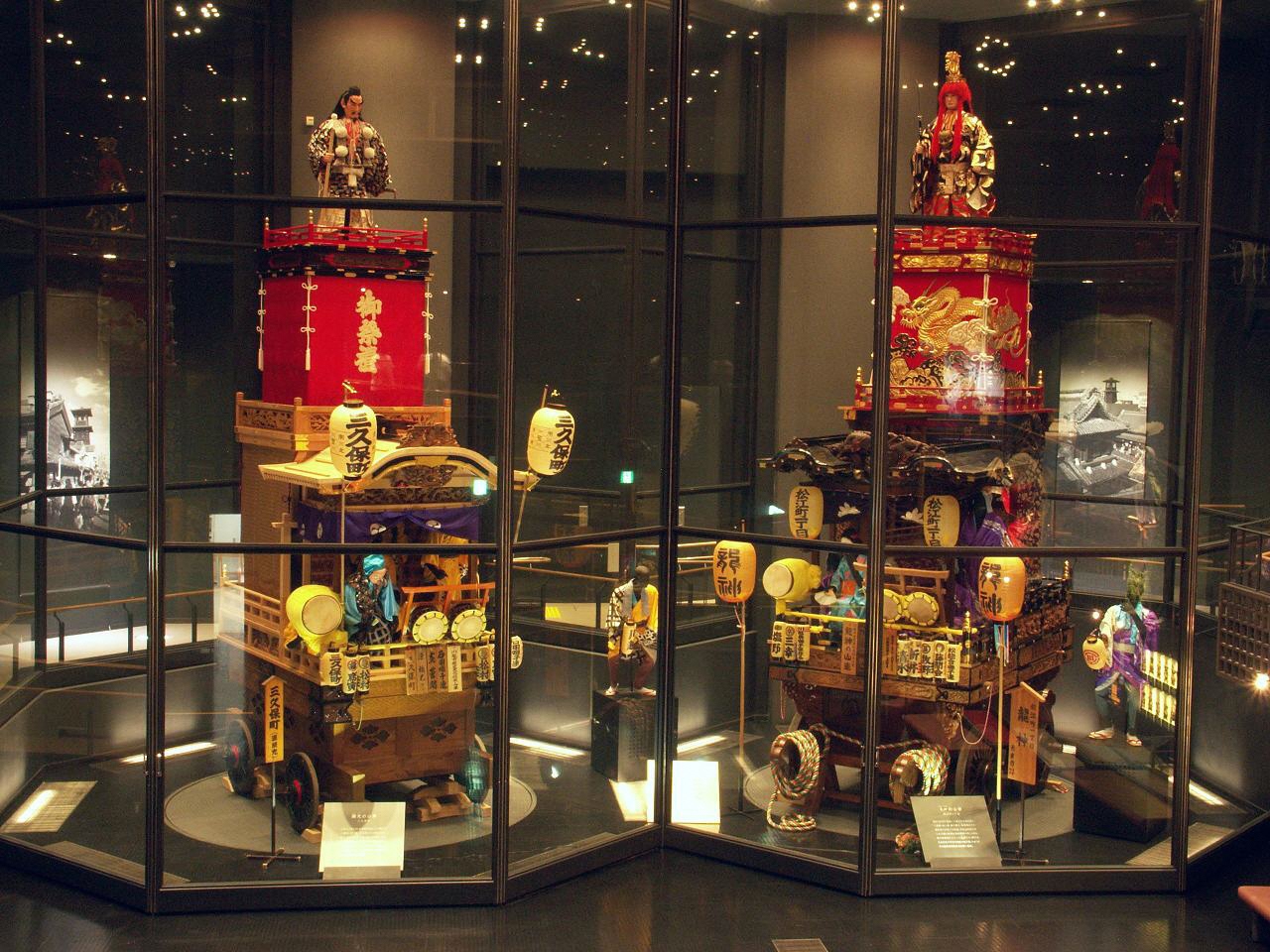
The two authentic Dashis (festival cars) pulled at the Kawagoe Festival are on display along with materials related to the Kawagoe Festival. At this exhibition hall, the powerful atmosphere of the Kawagoe Festival can be experienced all year round. There is also a regular demonstration of musical accompaniment (about 20 minutes).
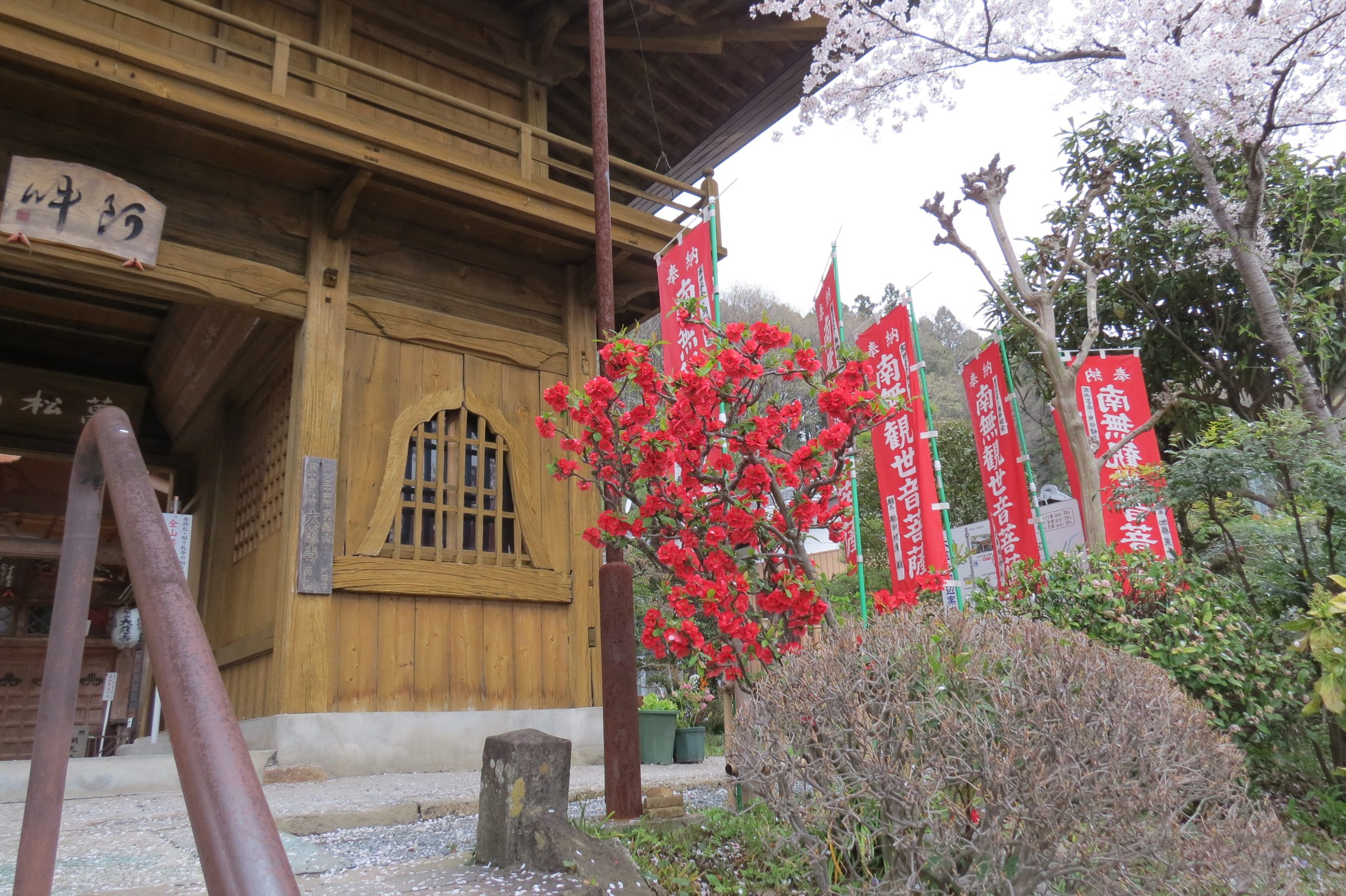
In front of the main hall is a statue of “Obinzurusama” (a disciple of Buddha), which legend has it that you will be healed by touching the statue where your body has pain while touching the same place on your body. In spring the adorable rare Bukoumamezakura cherry blossoms bloom for a delightful scene. It was also the setting for the animated movie, “The Anthem of the Heart." The “Enmei Jizō" (life-prolonging Jizō statue) stands at the entrance as a landmark.
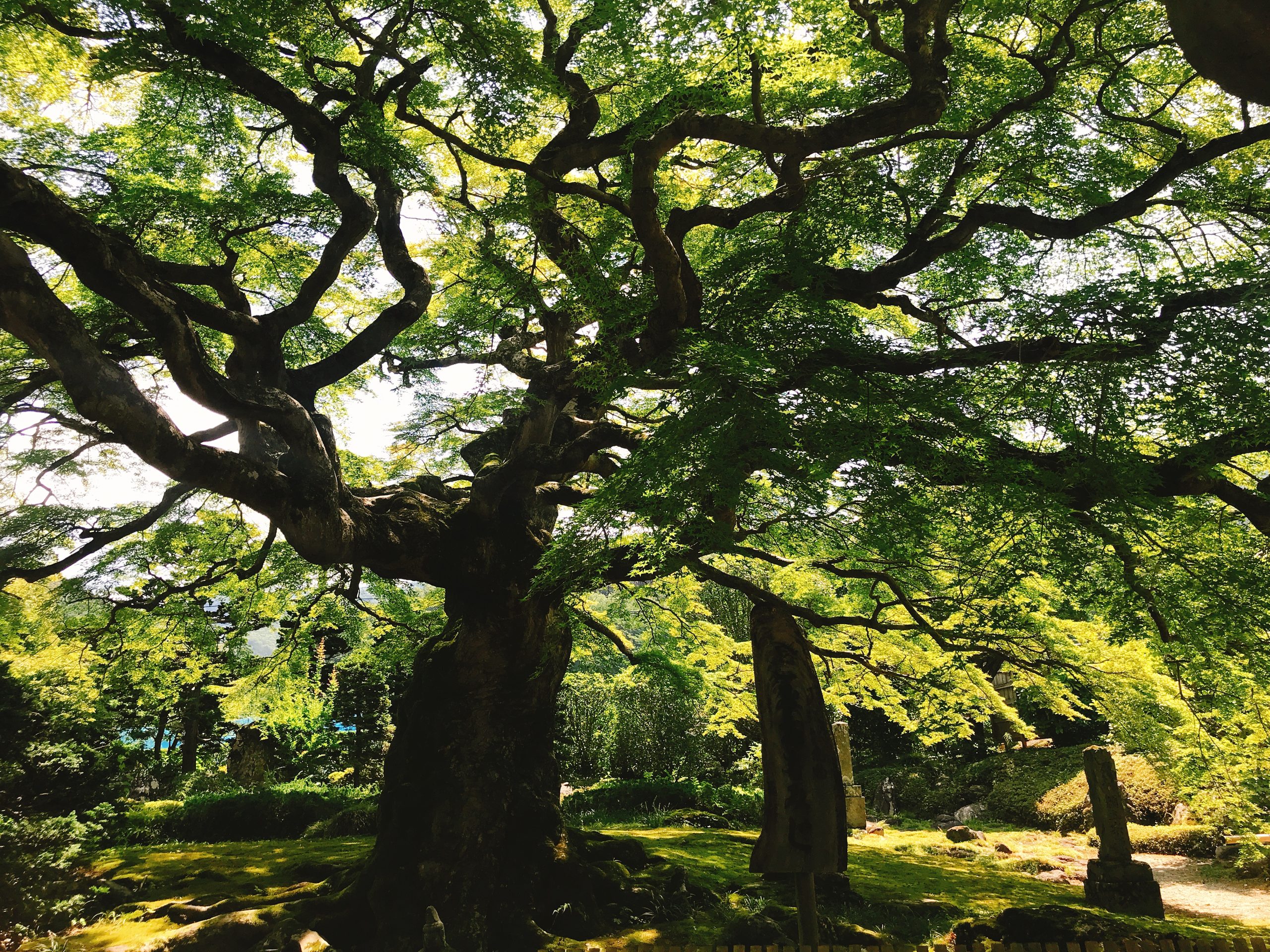
The change of the seasons can be enjoyed in the large, elegant butterfly maple tree, said to be 600 years old and designated a Saitama Prefecture Natural Treasure. The trunk is 3.8 m in circumference, 7.2 m in height, and the canopy measures 18.9 m north to south, 20.6 m east to west, and 56.3 m in circumference. The peak for autumn leaves is mid to late November. The "Night Zazenkai" (Night Zen Meditation) is also held on the 8th of every month from 7:30PM. A soba restaurant, "Teuchi Soba Machida" is nearby, and you can enjoy a meal of handmade soba while viewing the changing seasons.
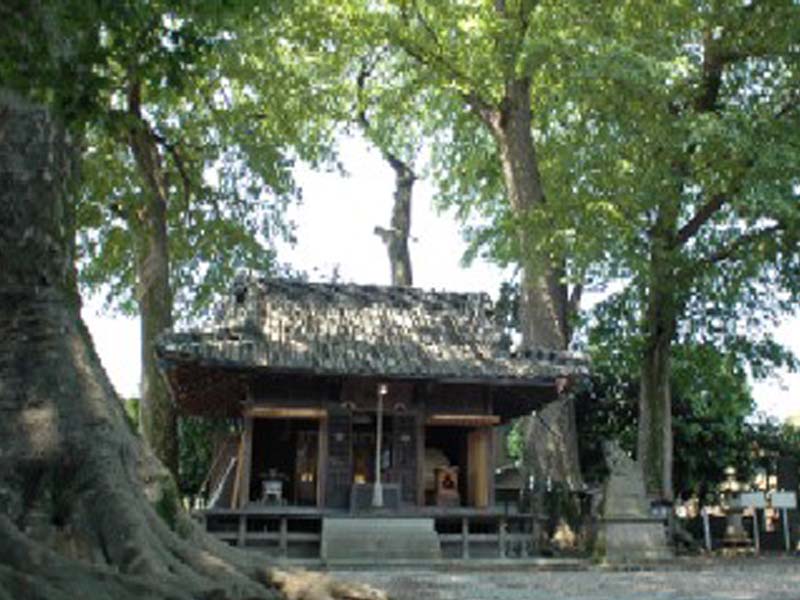
Enshrining Susanoo-no-Mikoto, the god of the sea and storms, this shrine is known to protect against evil and plague. Inside the shrine is a lion mask called the "Hirakata Lion" which is popular with locals. Every year in July, a mysterious festival is held called "Doroinkyo." This festival is designated as an intangible folk cultural asset by Saitama Prefecture. The giant zelkova tree and enoki mushrooms within the precincts are designated as natural monuments by Ageo City.
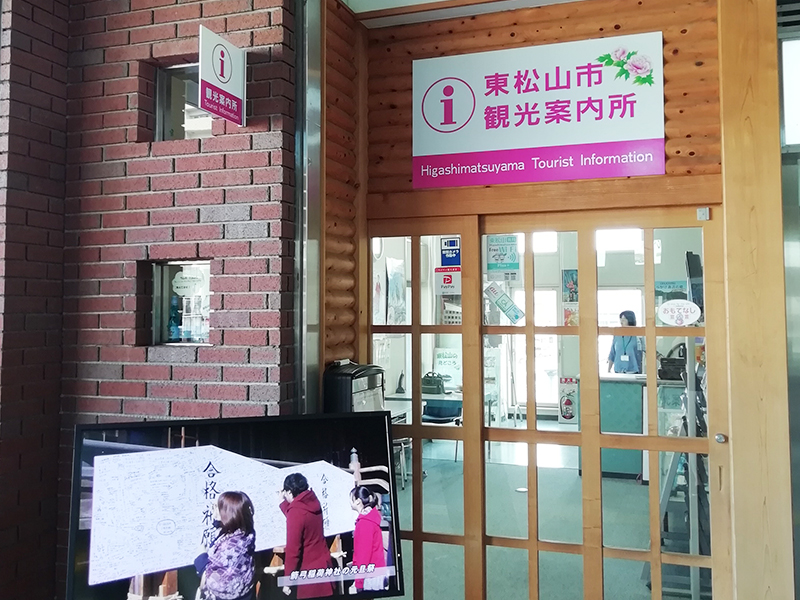
This tourist information center is located on the second floor of the station building adjacent to Higashi-Matsuyama Station. Here you can find pamphlets on sightseeing spots and city events, walking maps, and more. City mascot character goods and other local specialty goods are also available for purchase. A pamphlet rack is located in front of the ticket gates of Higashi-Matsuyama Station, allowing you to easily grab what you need on your way to the train.
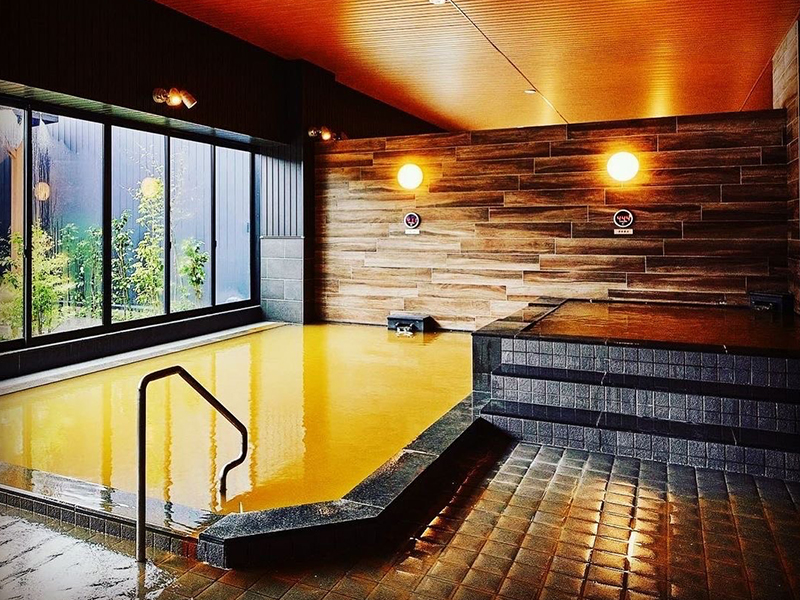
This hot spring was opened at Aeon Town Yoshikawa Minami in June 2021 under the theme ''deliciousness, happiness, beauty, and health." There are three types of indoor baths, a reclining bath and an outdoor bath. After taking a bath, you can enjoy sushi produced by Kanazawa Maimon and sweets by chocolatier Hironobu Tsujiguchi of Le Chocolat de H in the food court attached to the spa.
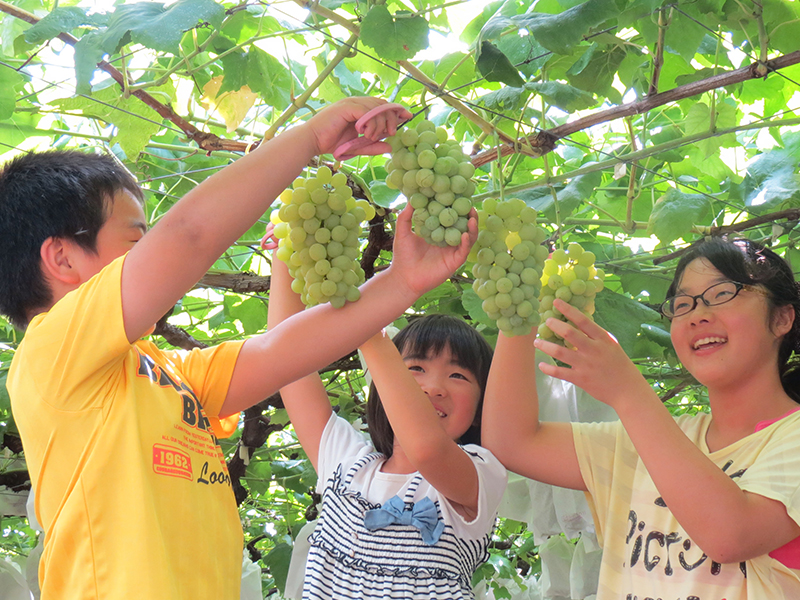
Please contact the farms listed in the link below for information about grape picking in Yokoze Town! Prices vary depending on the type of grape. You can also purchase grapes at the Ashigakubo Roadside Station (The farms will ship grapes when they are ready to eat. We apologize for any inconvenience if they are sold out). All farms incorporate appropriate hygiene precautions for a safe and comfortable visit.

At this park on the Kanto Friendship Trail (Kanto Fureai no Michi), the blooming flowers around the Shimokubo Dam (Lake Kanna), visible from below on the north side, are the delight of many tourists from spring to autumn. In addition, around 600 rare winter cherry trees blooming in the park from late October to early December create a very special atmosphere. There are also campsites, restaurants, souvenir shops, BBQ areas, observation decks, and more. It's the perfect place to enjoy a day of fun with the family!
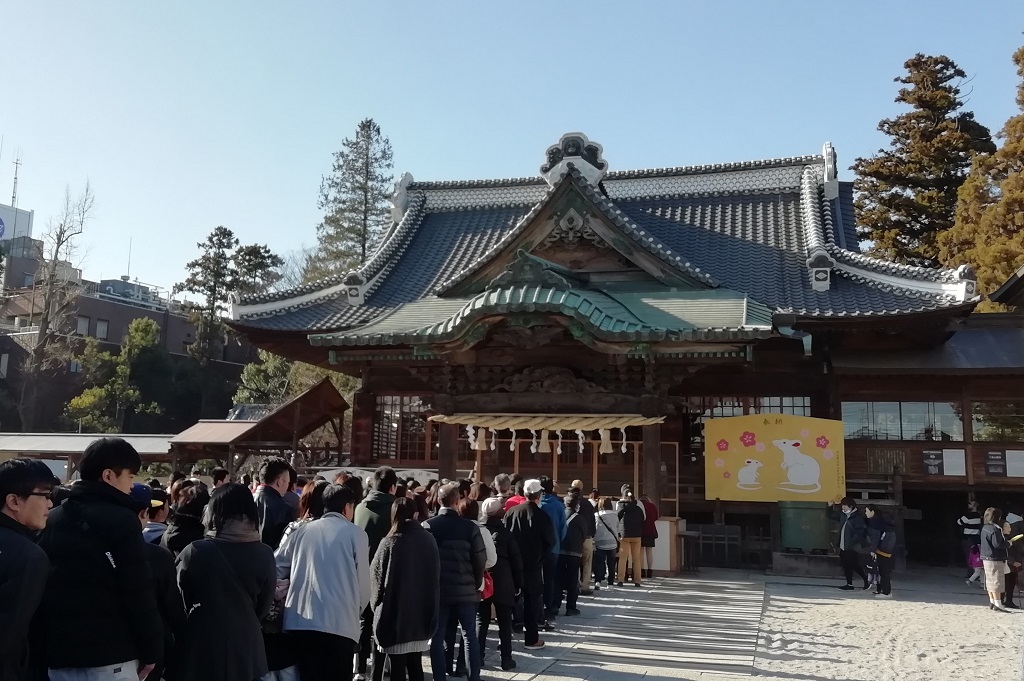
It is said that Minamoto no Yorinobu, on his way to defeat Taira no Tadatsune in the Heian period (794-1185), had a dream that a god on a white fox gave him a bow and arrow, aiding his win in the battle, thus spurning him to establish this shrine out of gratitude. Yakyū Inari Shrine is designated as a prefectural cultural property for its gongen-zukuri style, with highly sophisticated carvings on the interior and exterior of the building. Known for the god of good harvest, prosperous business and the arts, and most notably as the god of victory, many baseball players visit the shrine to pray due to the shrine being named "Yakyū" (baseball). The peony gardens are at peak bloom alongside wisteria and azaleas during mid-April.
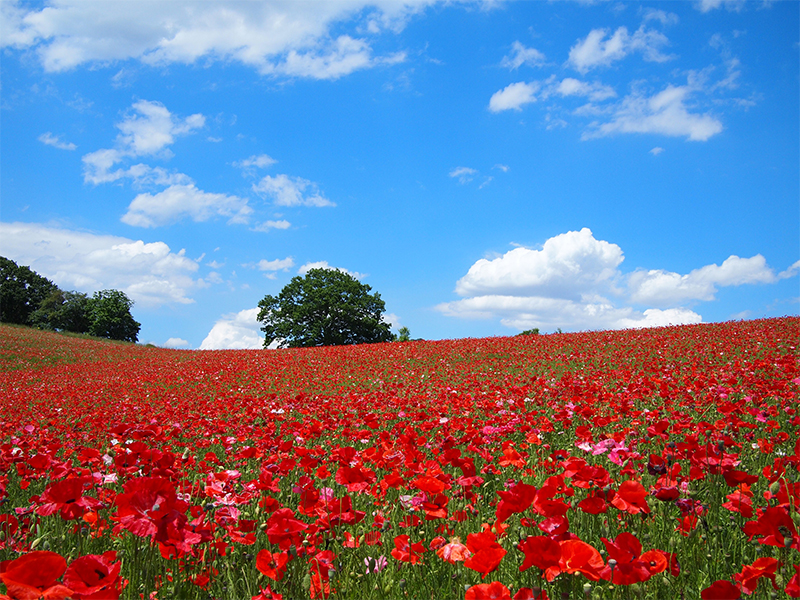
About 12 million poppies bloom in full on this vast slope 500 meters above sea level. The contrast between the red poppies and clear blue sky is a sight to behold. Coinciding with the peak bloom season, the "Poppies in the Sky" (Tenku no Poppy) event is held here, and local gourmet food and specialty products are available for sale. A temporary parking lot is also made available. We hope to see you there!
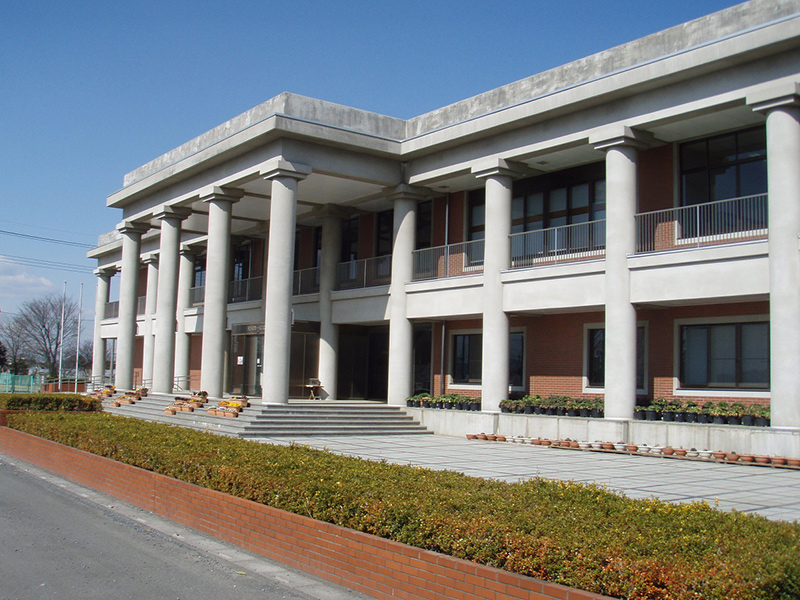
Opened on November 11th, 1995 (the same day and month of Shibusawa Eiichi's passing). In the museum's materials room there is a recording of Eiichi's actual voice and many other ink and photograph materials on display. There is also a bronze statue of Eiichi overlooking his hometown landscape on the north side of the museum.
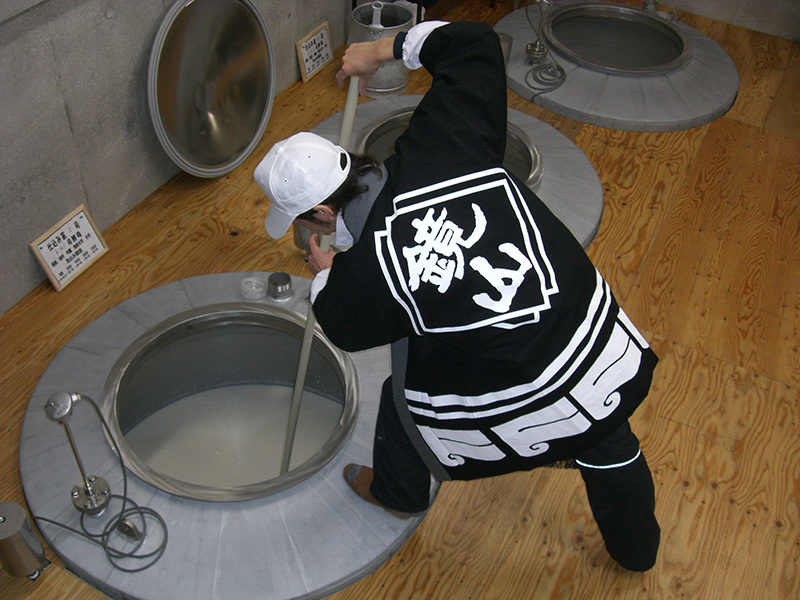
The only sake brewery at Kura no Machi, Kawagoe. Though the sake brewery cannot be toured, the adjoining Matsumoto Shōyu, established 200 years ago, can be toured free of charge. Please stop by for a visit! The sake brewery is only 1 minute by foot from the Toki no Kane, the center of Kawagoe’s tourist destination.
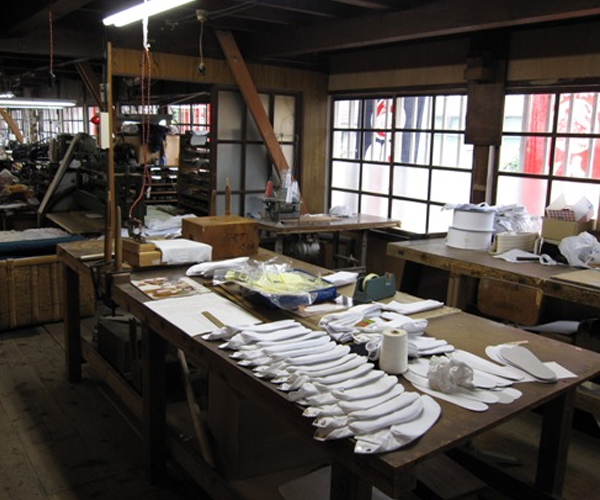
Tabi to Kurashi (Tabi and Life) Museum was originally a factory of tabi socks delivering to tabi stores under the name Bokuya Honten (Main Branch). The factory was reborn as a museum, retaining most of the original factory’s appearance. At the museum, demonstrations by individuals who used to be tabi craftsmen can be seen, and your own original tabi (additional cost) can be made every second Sunday of the month.
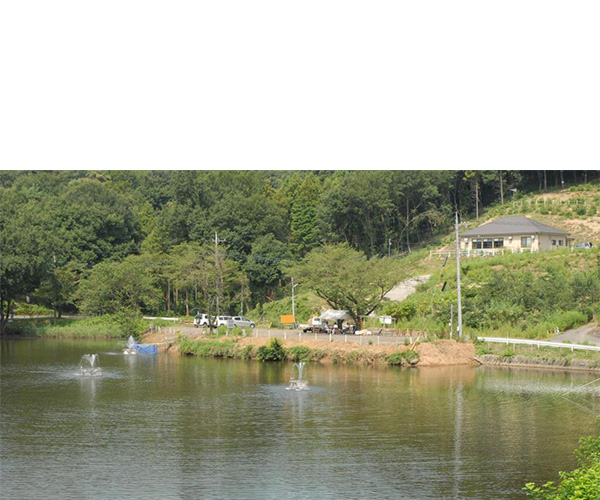
This fishing pond is very accessible, located approximately 9 kilometers (about 15 minutes) from the Higashi Matsuyama Interchange of the Kan-Etsu Expressway and roughly 5 kilometers (about 10 minutes) from the Ranzan-Ogawa Interchange. The pond is encircled by beautiful nature and has a surface area of roughly 11,600 square meters. On Saturday and Sunday, you can enjoy handmade udon made with local flour and buy locally grown vegetables at the farmer’s restaurant.

This shrine is dedicated to the spirit of Mt. Ontake, the sacred mountain of the Kiso district of Shinano Province. It is said to have a great spiritual power effective in dispelling bad spirits and bringing good fortune to all who visit. The shrine garden covers an area of almost 1,000 square meters, and includes Togo Park, a park associated with General Togo Heihachiro, within its precincts. The shrine performs various kinds of purification ceremonies (oharai) such as groundbreaking ceremonies, house purification, car purification, and purifications for Shichigosan (ceremony celebrating children at the age of 3, 5, and 7) and for the first shrine visit of the year.
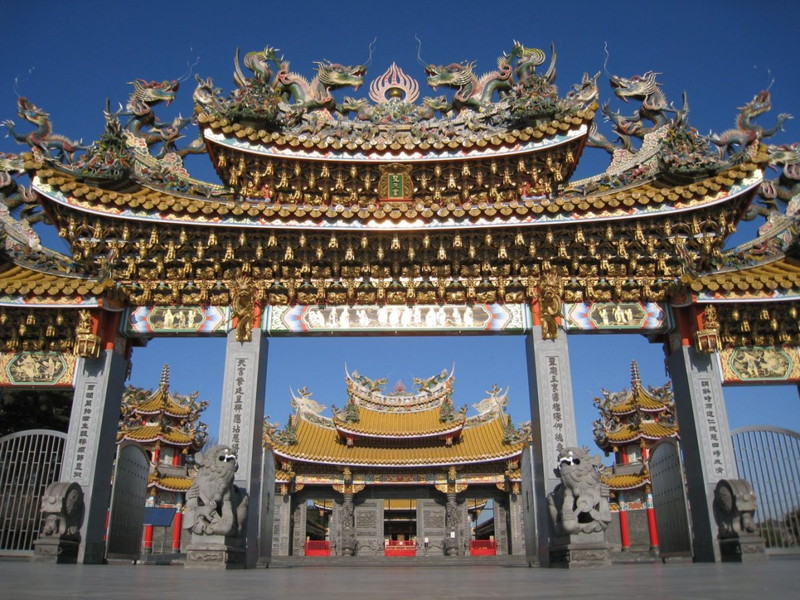
The largest Taiwanese Shinto shrine in Japan. This gorgeous structure is worth seeing at least once. The spiral ceiling assembled without any nails, the 5-meter Kowloon stone pillar, a 4-meter door with wood carvings of warrior gods and a coffered ceiling with dragons. You can experience authentic Taiwanese-style worship and omikuji (fortune slips) here.
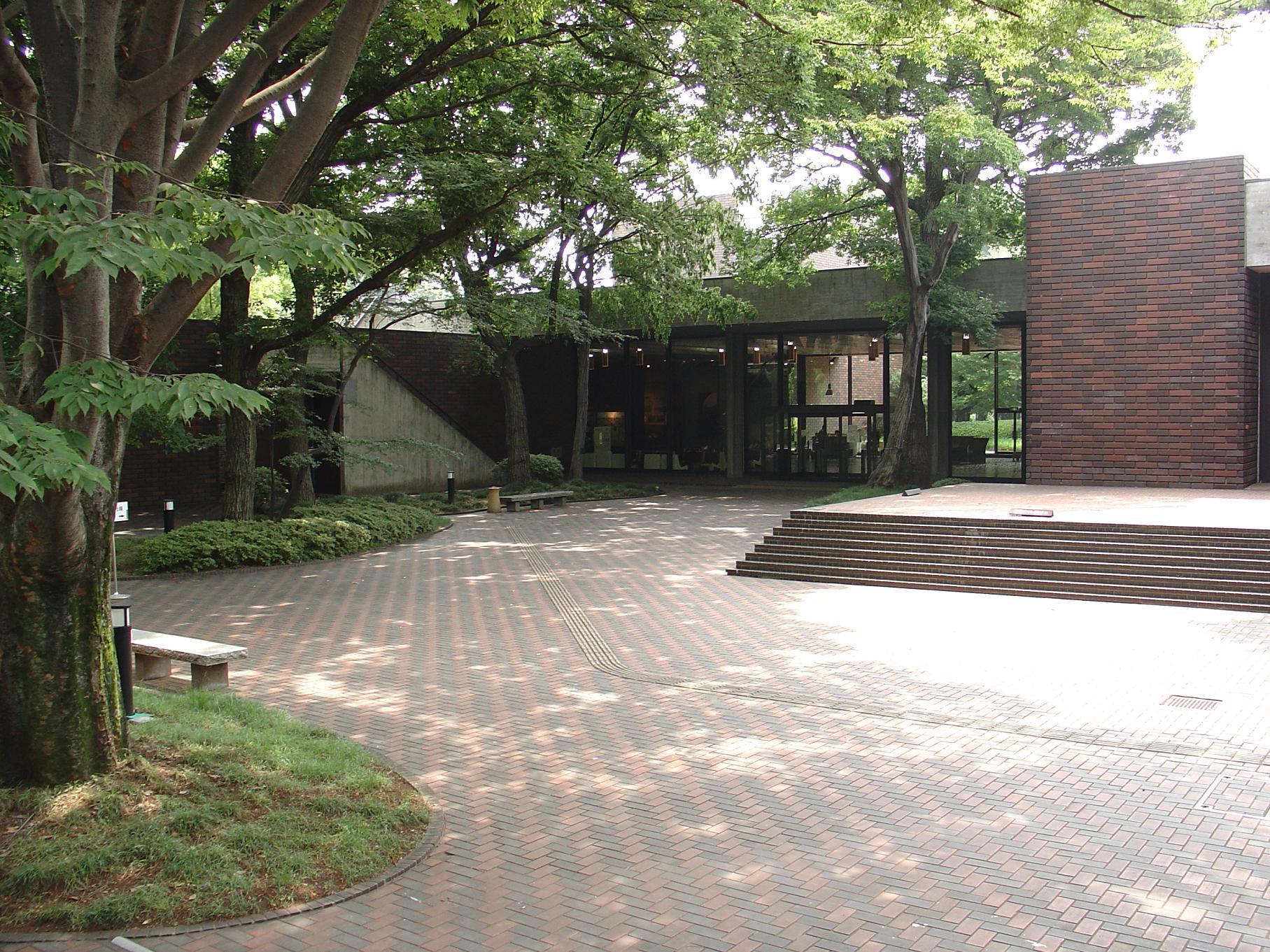
This comprehensive museum houses materials and artifacts related to Saitama's history, folklore and art, such as national treasure swords and daggers. The permanent exhibition introduces, "The Life and Culture of Saitama," through these topics, and themed special and planned exhibitions are held regularly. There are also a variety of hands-on experience workshops for both children and adults to enjoy. (For more information regarding the facility, please refer to the URL below)
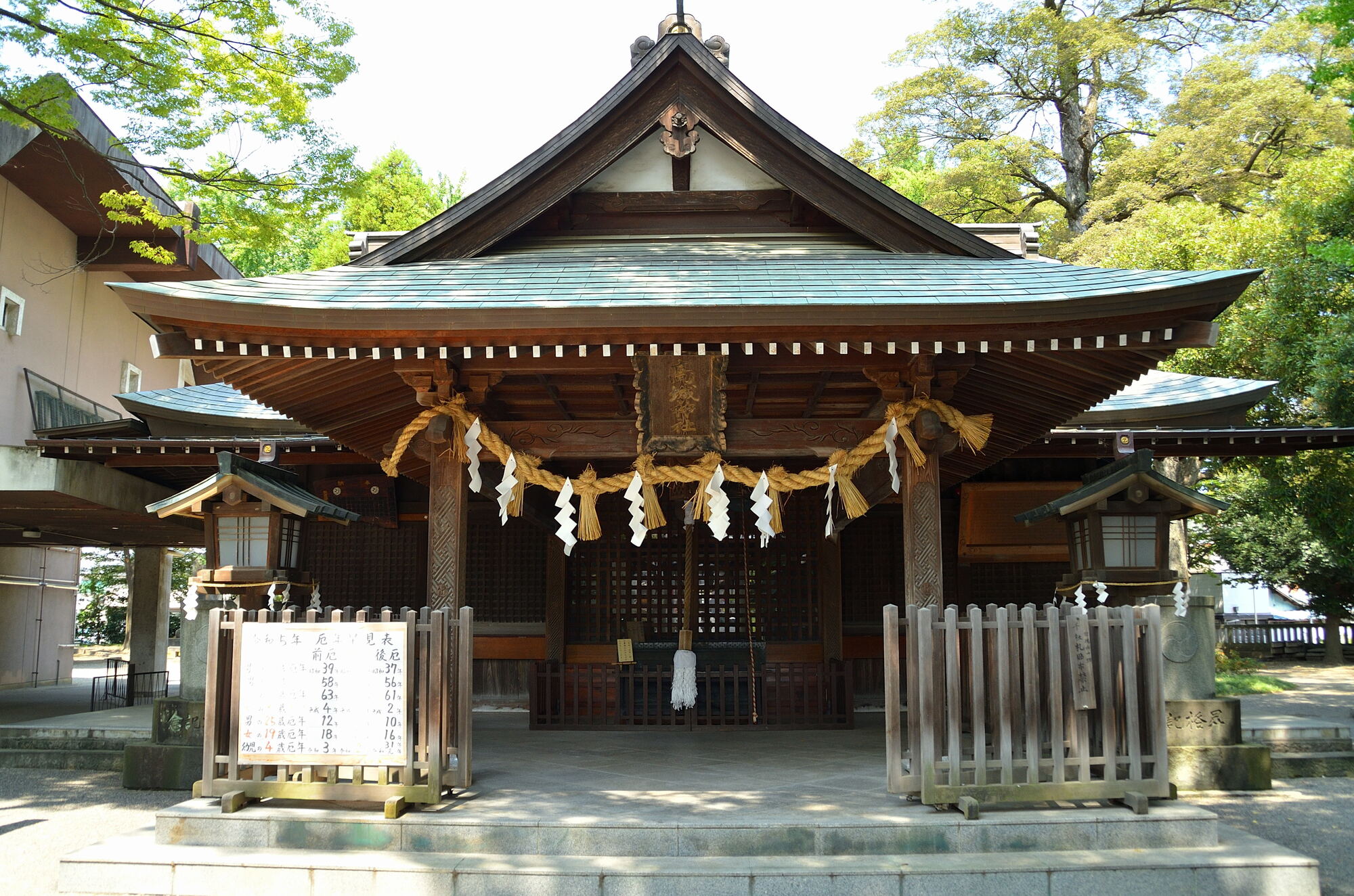
A shrine dedicated to the mythological god of agriculture, Takamimusubi. The shrine was destroyed by fire in 1590, and rebuilt by the lord of Oshi Castle, Abe Masayoshi. Annual festivals are held, such as Setsubun (seasonal division) on February 3rd, Tainai Kuguri (passing through the womb) on June 30th, and Tori no Ichi (Festival of the Rooster) on December 8th.
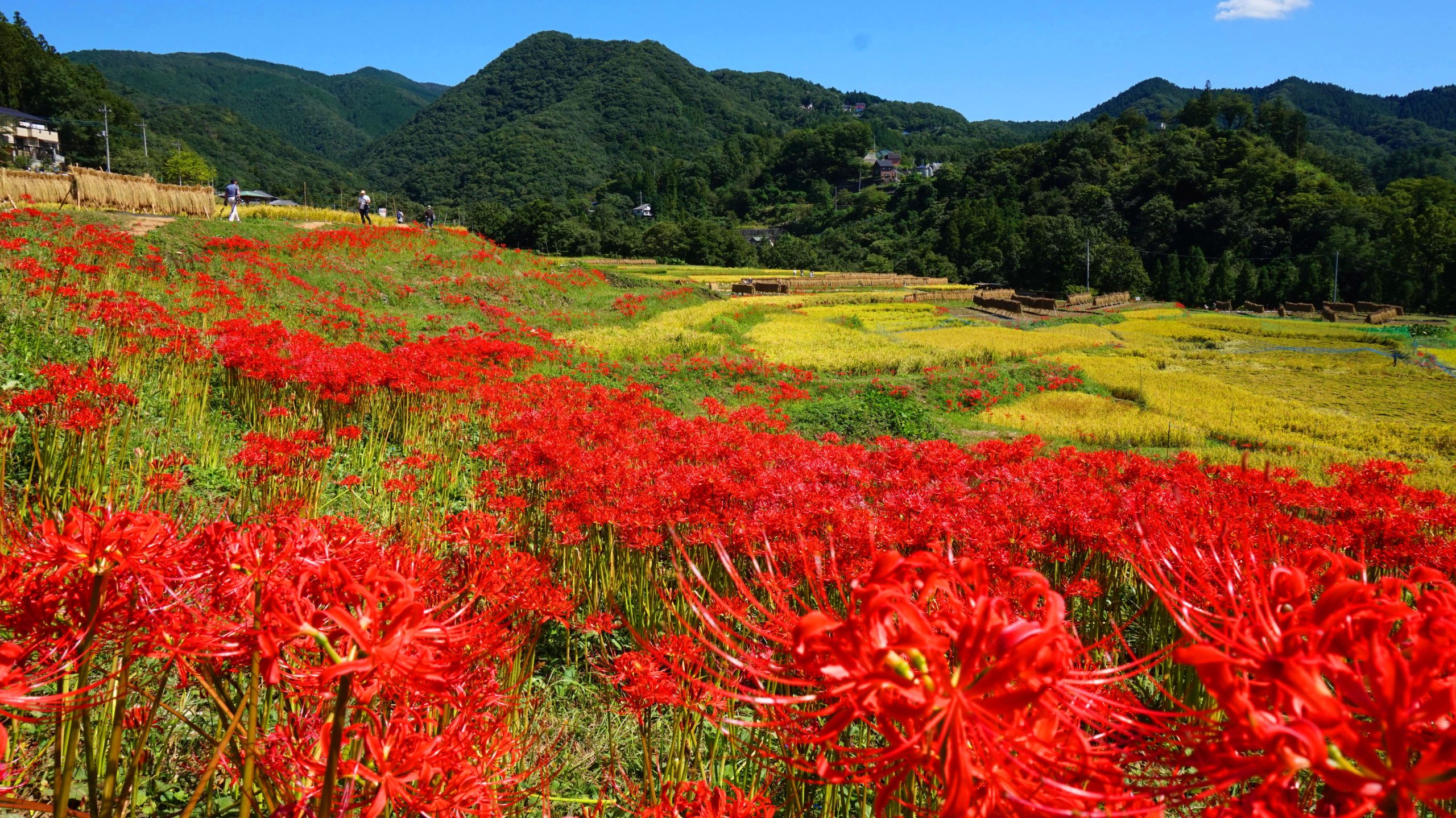
At Saitama Prefecture's largest rice terraces, a rural landscape unique to Japan unfolds with each changing season. Currently, 4 (about 250 fields) out of the total 5.2 hectares are in use. In summer an event is held where around 600 bonfires are lit, for a night of magical ambience one cannot experience in the city. In autumn, the bulbs of around 2 million red spider lilies bloom around the rice paddies.
This site uses cookies to improve the user experience. If you continue to browse, you consent to the use of cookies on this site. Accept
CONTACT
